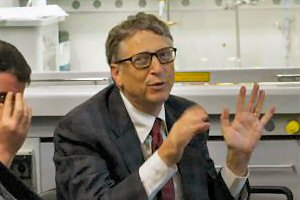
Bill Gates Looks at LENRs
Nov. 14, 2014 – By Steven B. Krivit –
Bill Gates, pioneer in the digital world, is exploring low-energy nuclear reactions (LENRs), the frontier of energy research.
On Wednesday, he visited a small laboratory on the sprawling campus of a government lab in Frascati, just outside of Rome, Italy. The lab is one of several large ones under the Italian National Agency for New Technologies, Energy and the Environment.
While at ENEA-Frascati, Gates listened to a lecture by ENEA scientist Vittorio Violante and observed LENR experiments in his lab. Gates was there with Lowell Wood, a physicist who once worked with Edward Teller at Lawrence Livermore National Laboratory. Wood is now a professor of physics at the University of Houston.
ENEA-Frascati has been working on thermonuclear fusion research for many years. Gates, too, has had an interest in energy research and has been funding Terrapower, a commercial effort to make a practical traveling-wave nuclear fission reactor.
New Energy Times visited the Frascati LENR laboratory in 2007. Click here for our feature story on their research.
New Energy Times describes LENRs as “laboratory experiments which have the potential to produce nuclear-scale energy and nuclear products but without the harmful effects of conventional nuclear energy. LENRs are weak interactions and neutron-capture processes that occur in nanometer-to-micron-scale regions on surfaces in condensed matter at room temperature. Although nuclear, LENRs are not based on fission or any kind of fusion, both of which primarily involve the strong interaction.”
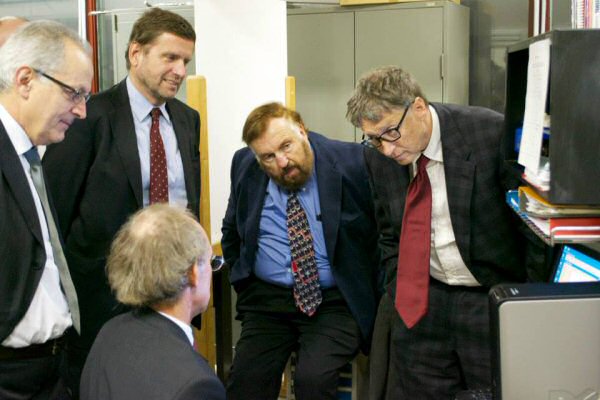
Aldo Pizzuto (ENEA Director of Fusion Technical Unit), Federico Testa (ENEA Commissioner), Lowell Wood, Bill Gates and Vittorio Violante (seated)
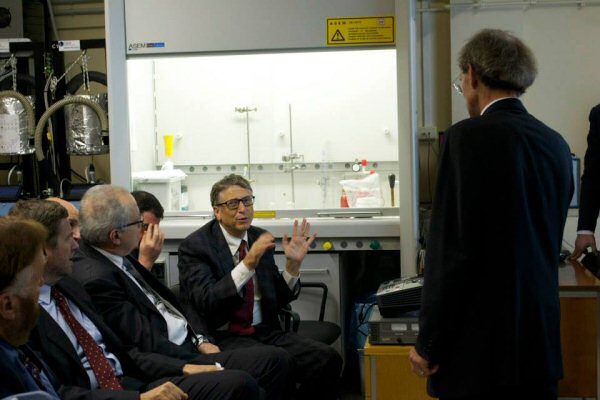
Bill Gates discussing LENRs.
Short video of Bill Gates visiting ENEA-Frascati laboratory
Questions? Comments? Submit a Letter to the Editor.


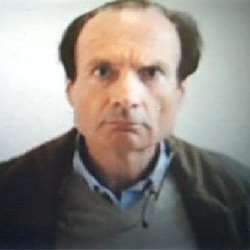
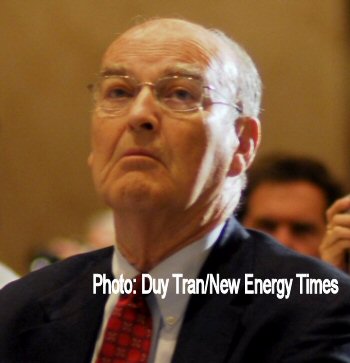
 May 7, 2014 – By Steven B. Krivit –
May 7, 2014 – By Steven B. Krivit –